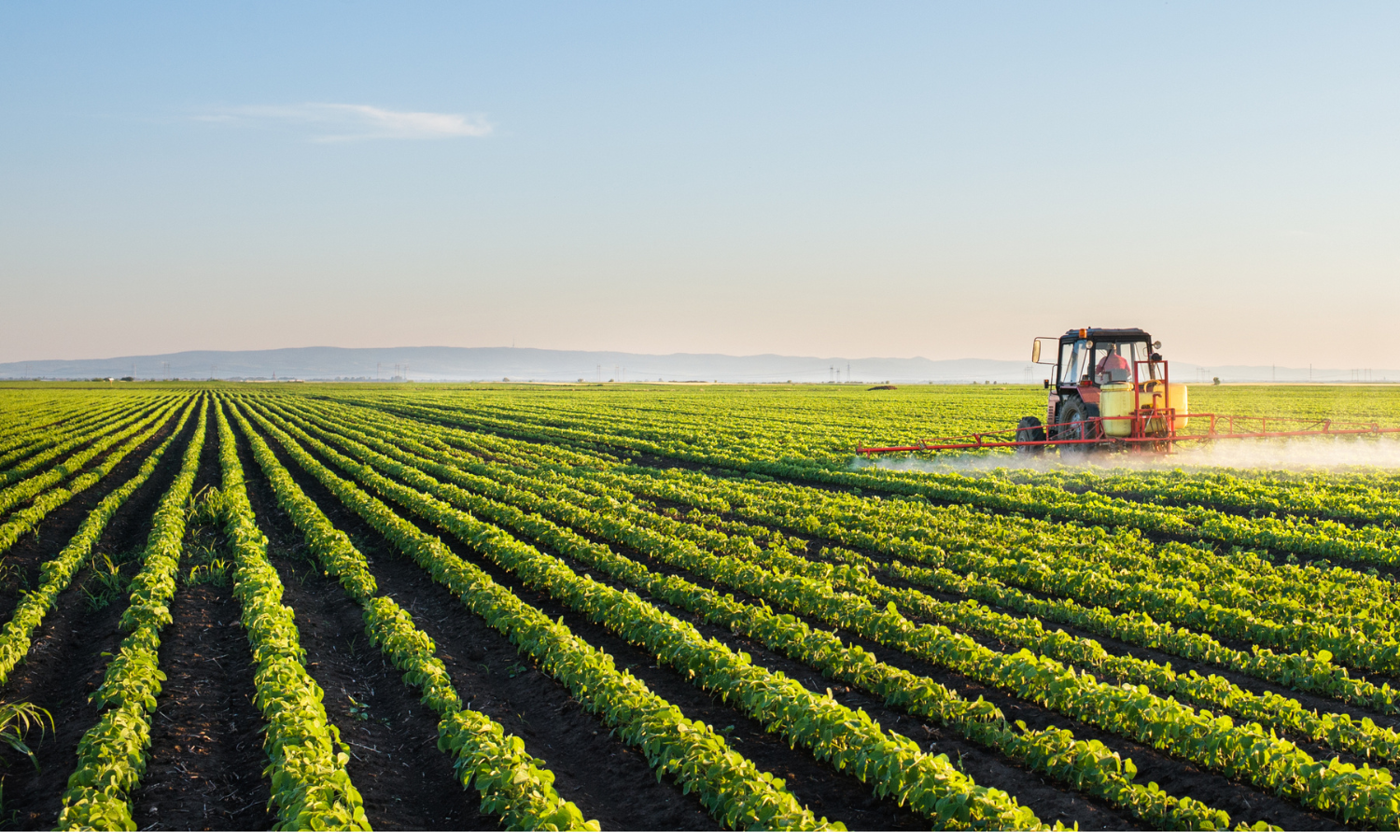The announcement of a Clean Plant Centre in Srinagar with a ₹150 crore allocation is being described in policy circles as a boost for Jammu and Kashmir’s horticulture. But to frame it narrowly is to miss the global story. The initiative is not only about apples, walnuts, almonds, or saffron. It is a small part of a much larger contest. Across the world, agriculture is no longer about what grows in the soil but about who controls the inputs, who defines the standards, and who sets the rules of trade. Clean plants are not a gift to farmers. They are the checkpoints of agricultural sovereignty.
Agriculture today sits at the intersection of three forces. The first is climate disruption, which is already rewriting rainfall, water flows, and soil health in every continent. The second is the concentration of global agri-supply chains, where a handful of corporations dictate seeds, chemicals, and trade standards. The third is infrastructure, the often invisible scaffolding of labs, storage, logistics, and certification that determines whether a farmer is included in or excluded from markets. The Srinagar announcement matters only to the extent that it responds to all three.
Climate has no respect for borders. From California to Kashmir, orchards are under siege from shifting weather, pest invasions, and new plant diseases. Global warming has created ecological vacuums where pathogens travel faster than quarantine systems. A clean plant facility can reduce vulnerability, but only if embedded in a broader climate-resilient agricultural plan. That means linking plant health to irrigation, soil health mapping, renewable energy powered cold storage, and digital early warning systems. Without this web of resilience, clean plants risk becoming fragile plants in the face of unpredictable climate shocks.
The second force is market concentration. Agriculture has become a game of monopolies disguised as efficiency. Whether it is seeds, pesticides, or certification norms, emerging economies find themselves dependent on external suppliers and rule makers. Farmers may work their soil, but profits and standards are extracted elsewhere. By creating capacity for disease-free planting material domestically, India is not only helping Jammu and Kashmir. It is reducing dependency on external nurseries and asserting the right to define quality on its own terms. This has global significance. Every region that breaks away from seed or plant dependency chips away at the quiet monopoly that a few corporations have built over decades.
This is why the Srinagar initiative must be understood as a test case. If implemented ambitiously, it could transform the region into a hub for high-value horticulture with global reach. If treated as a symbolic investment, it will sink into the long list of forgotten schemes. The challenge is to move from announcement to architecture. Clean plants must be part of a whole ecosystem of value addition, branding, traceability, and climate resilience. Only then will they matter beyond the orchards of Kashmir.
Globally, the stakes could not be higher. Food systems are entering a period of instability. Climate change is already reducing yields in many regions. Supply chain disruptions triggered by geopolitics have shown how fragile agricultural flows can be. The weaponisation of food through sanctions and export bans has revealed that agriculture is now a theatre of power politics. In such a world, nations that do not control their seeds, plants, and standards are exposed. They are not food secure. They are food dependent.
The Srinagar facility therefore symbolizes a larger struggle. It is the struggle of emerging economies to move from being consumers of agricultural rules to being authors of them. It is the struggle to treat agriculture not as a relic of tradition but as a frontier of technology and diplomacy. It is the struggle to reconcile growth with climate responsibility, ensuring that productivity is not achieved at the cost of ecological collapse.
The economic angle is unavoidable. High quality planting material means higher productivity, better returns, and entry into export markets where standards are uncompromising. If India can position Kashmir as a source of premium saffron, apples, and walnuts with verified traceability, it is not only supporting local farmers. It is carving a niche in the global agri-economy where branding matters as much as production. In a world of oversupply, identity crops with credible certification command influence. Agriculture then becomes not just livelihood but economic diplomacy.
But here lies the provocation. For too long, the global agricultural system has tolerated hypocrisy. The West preaches sustainability but subsidises its farmers to distort global markets. It imposes strict phytosanitary norms on imports while exporting technologies that accelerate monocultures and ecological damage. It insists on climate discipline from developing nations while evading accountability for its own historical emissions. Unless emerging regions like India define their own systems of agricultural infrastructure and plant health, they will remain trapped in frameworks that exploit rather than empower.
The Srinagar project is small in budget but large in symbolism. It represents the possibility of rewriting the relationship between rural infrastructure, climate resilience, and economic sovereignty. If pursued with seriousness, it can make Jammu and Kashmir not only a region of horticultural strength but also a model for how agricultural policy must evolve in an age of disruption. If neglected, it will become another reminder that without vision, even clean plants cannot bear fruit.
The world is entering an era where agriculture is as strategic as energy or technology. Whoever controls seeds, plants, and standards controls trade. Whoever integrates climate resilience into rural infrastructure controls stability. Whoever builds agricultural sovereignty defines their own future. Clean plants in Kashmir are therefore not just about local orchards. They are a signal that the struggle for the future of food has already begun.
